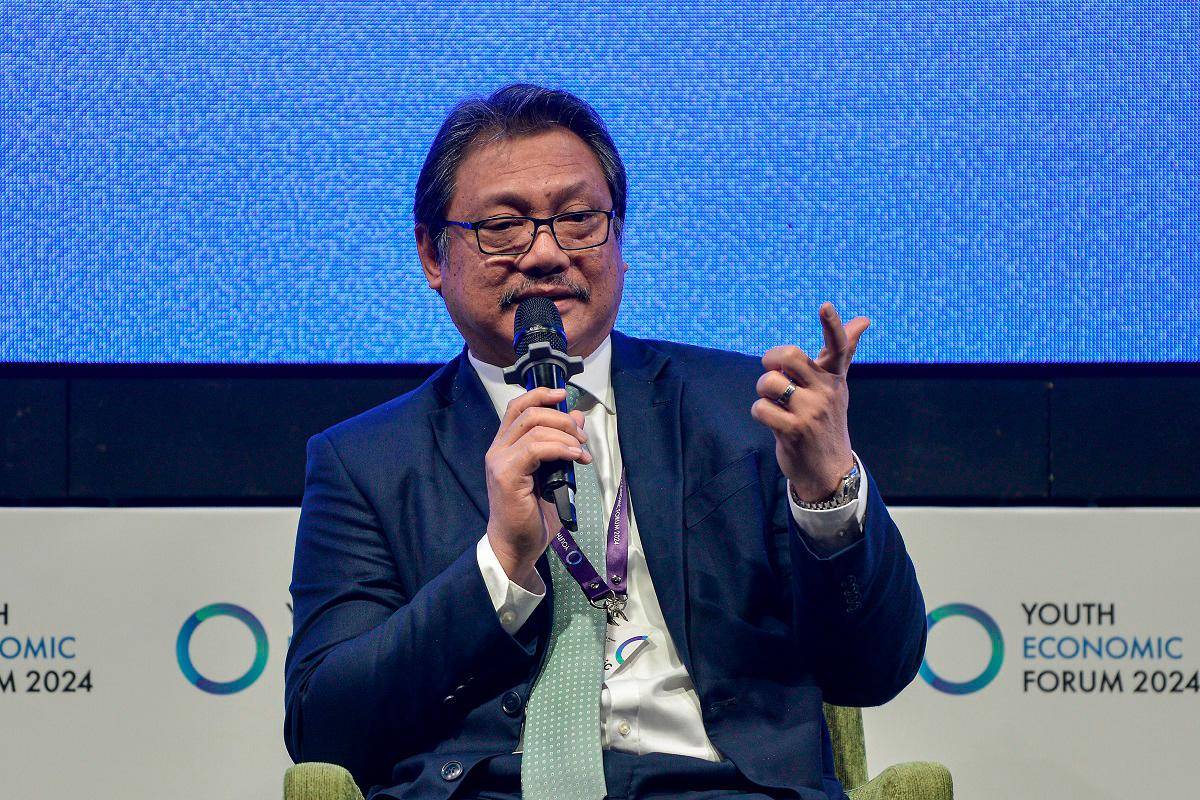KUCHING: Sarawak is embarking on an ambitious renewable energy transformation that could see the state’s power generation capacity nearly double by 2030, supported by a comprehensive plan to train thousands of skilled technologists.
The Malaysian state is expanding its renewable energy portfolio beyond its current 70% clean hydropower generation through multiple groundbreaking initiatives.
Floating solar installations are planned for major hydroelectric dams including Bakun, Murum, Batang Ai, and Saleh, with these projects expected to deliver an additional 2 gigawatts of solar capacity by the end of the decade.
State Deputy Energy and Environmental Sustainability Minister Datuk Dr Hazland Abang Hipni announced at the Sustainable and Valuable Energy Conference (SAVE) 2025 that the state requires at least 10,000 trained technologists by 2030 to support this rapid expansion.
Currently, Sarawak has over 8,000 qualified technologists in the energy sector.
“Human capital development sits at the heart of our Energy Transition Plan, Hydrogen Economy Roadmap, and Sustainability Blueprint,“ Dr Hazland explained during a press conference in recently.
The ambitious workforce target could eventually expand to 80,000 technologists in the longer term.
The state’s renewable energy strategy encompasses multiple technologies and locations. Beyond floating solar, Sarawak has identified 12 rivers suitable for cascading dam projects, with the initial phase targeting four rivers to generate another 2 gigawatts by 2030.
Combined gas cycle facilities are also under development in Bintulu and Miri, utilizing a 70% liquefied natural gas and 30% hydrogen blend to produce 1.5 gigawatts of additional capacity.
These initiatives collectively aim to boost Sarawak’s total generation capacity from the current 5.7 gigawatts to approximately 10-11 gigawatts by 2030, with further expansion to 15 gigawatts projected by 2050.
To meet the workforce demands, Dr Hazland outlined plans to channel approximately half of Sarawak’s annual 3,500-4,000 SPM school graduates into Technical and Vocational Education and Training (TVET) programs. The state’s commitment to providing free tertiary education at five Sarawak-owned universities, beginning next year, is expected to significantly support these manpower development goals.
The comprehensive approach positions Sarawak as a leader in Southeast Asia’s renewable energy transition, combining large-scale infrastructure development with strategic human capital investment to ensure sustainable growth in the green energy sector.






